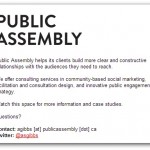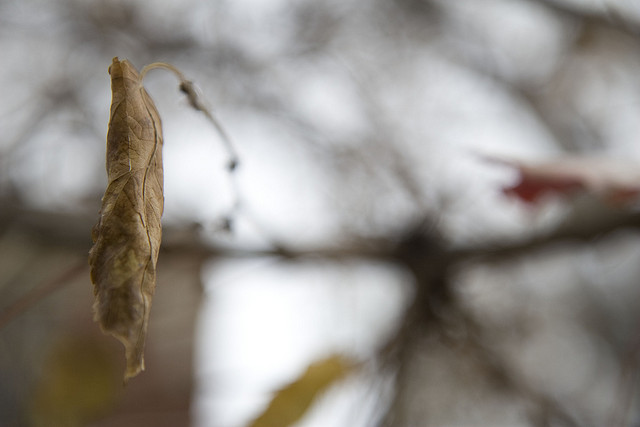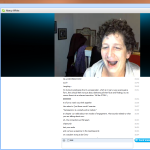This past weekend I’ve been hanging out at the National Coalition for Dialog and Deliberation‘s national confab, NCDD2012. Synopsis? Amazing people. Also it was great to connect with folks I’ve met/known online and demoralizing to NOT connect with others who were there in the flesh. Not enough time or energy. 🙁
Thursday I took part in pre-conference workshop using the fabulous Group Works Deck to map out the elements of a variety of group methods and processes. (I wrote about the deck a while back here. )
As we did the exercise, I realized that I needed the narrative with the map, so took these off the cuff videos, now debuting as this week’s Monday Video.
via GroupWorks Deck Method Mapping at NCDD2012 – YouTube.
What I noticed about the mapping was the more we did it, the more discerning we became at identifying the essential “spine” of a method AND,through reflecting on the other possibilities offered by the patterns in the cards, observed new ways of “fleshing out” the method depending on context. In other words, the cards enabled us to have great learning conversations about the methods. Very cool. I plan to use the cards a lot in the coming weeks of crazy work and travel! I also deeply appreciated all the knowledge in the room. As I learned about Participatory Budgeting from John Kelly, I was getting all kinds of ideas about how to reapply the basic idea to Knowledge Sharing/Budgeting (in terms of time and attention — which seems to be a big problem in my world these days!)
 At the meeting, I also was part of a fabulous team of visual practitioners who volunteered to do a visual capture of the plenaries of all three days as a unified product. Tim Corey helped us envision a 24 x 8 foot image and then we all figured out a) how to work together to b) make a coherent capture. I’ll write more about this later after our debrief, including links to all the fab people I got to work with. But it was great fun and a lovely learning laboratory.
At the meeting, I also was part of a fabulous team of visual practitioners who volunteered to do a visual capture of the plenaries of all three days as a unified product. Tim Corey helped us envision a 24 x 8 foot image and then we all figured out a) how to work together to b) make a coherent capture. I’ll write more about this later after our debrief, including links to all the fab people I got to work with. But it was great fun and a lovely learning laboratory.
Other NCDD Materials:
- NCDD 2012 Tweets (I hope someone Storify’s them or harvests them before they are gone. It was not a huge tweeting crowd, but there are some good captures!)
- My photos, including some not-so-great images of the giant collaborative graphic capture 8 of us worked on (better images to come)


